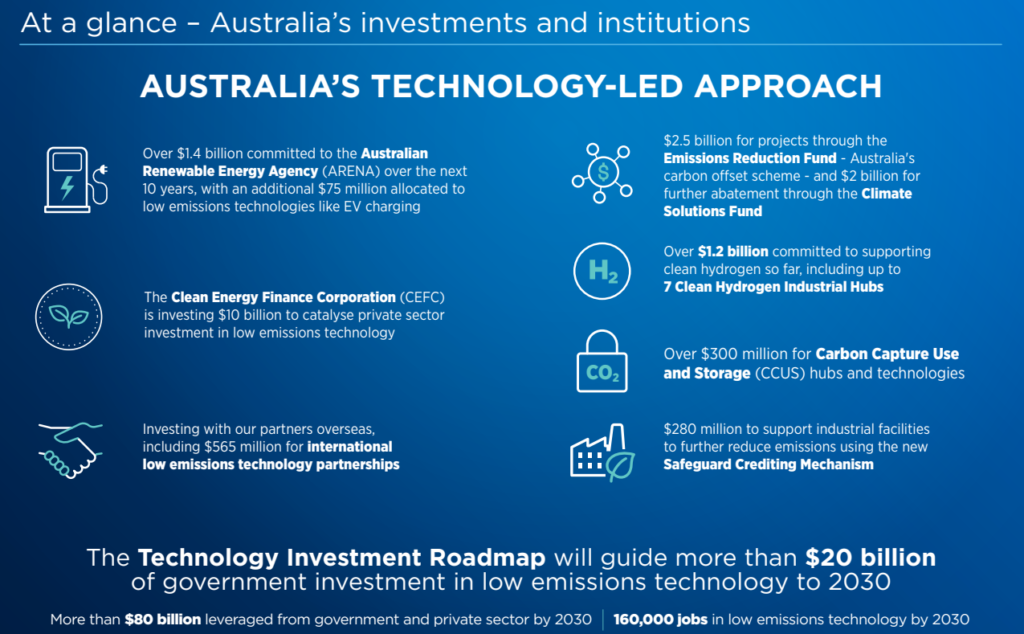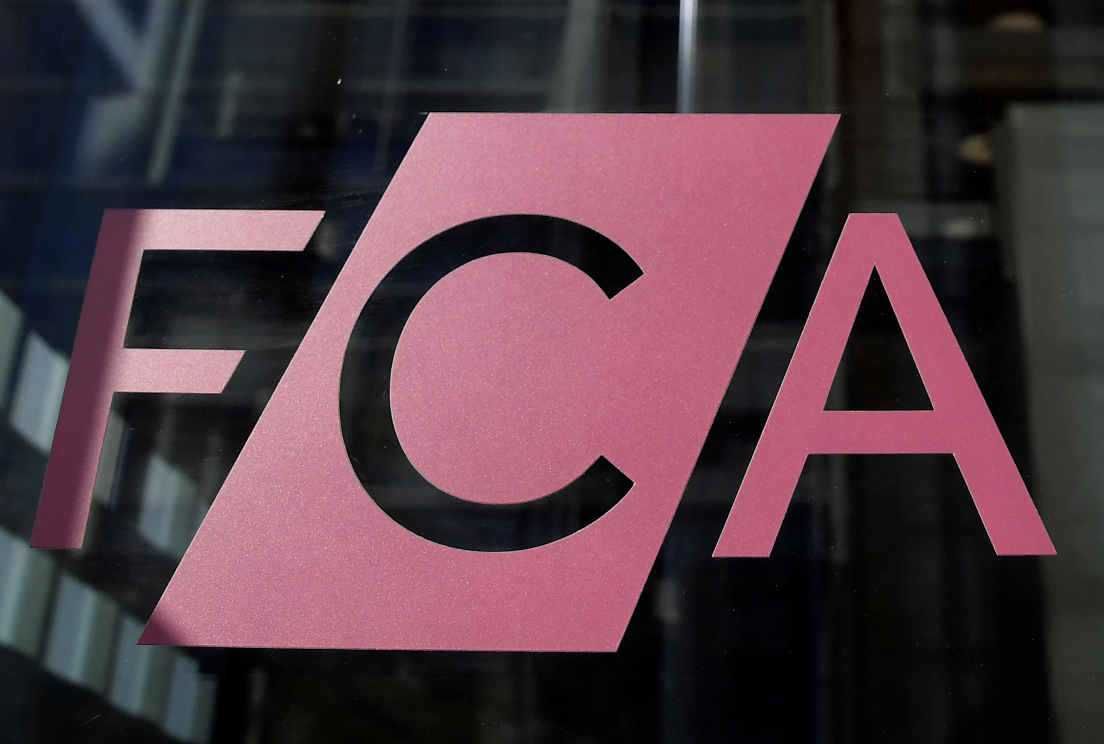Australia Passes Law for Net Zero Emissions by 2050

- 43% reduction target by 2030 is 50% more aggressive than the previous administration’s
- Government financing agencies will be required to consider emissions targets in funding decisions
- “Enshrining a policy in legislation gives businesses and industry greater clarity”
Australia’s parliament on Thursday passed government legislation enshrining a pledge to cut carbon emissions by 43% by 2030 and to net zero by 2050, with the support of the Greens party and independents.
The law marked a first step on climate action since the Labor Party won power in May, defeating a conservative government that was scorned as a global laggard in the battle against climate change.
But the government will face tougher fights in passing more environmental bills.
“The passage of the climate change legislation sends a message to the world that Australia is serious about driving down emissions, and serious about reaping the economic opportunities from affordable renewable energy,” Climate Change and Energy Minister Chris Bowen said in a statement.
The law sets an emissions reduction target for 2030 that is 50% more aggressive than under the previous government. It will also require government bodies such as clean energy and infrastructure financing agencies to take emissions targets into account in their decisions.

Image source: Australia’s Long Term Emissions Reduction Plan, Australian government
See related article: Iberdola investing up to €3 billion in Australia to lead the energy transition
After more than a decade of climate policy uncertainty, industry groups said they welcomed the legislation.
“Enshrining a policy in legislation gives businesses and industry greater clarity,” Australian Energy Council Chief Executive Sarah McNamara said in a statement.
While backing the climate bill, the Greens have said they will seek to block any new coal mines and natural gas projects through legislation reforming a “safeguard mechanism”, in which Labor wants to require the biggest industrial polluters to progressively cut their emissions.
The “safeguard mechanism” covers about 215 industrial sites, including coal mines, liquefied natural gas (LNG) and manufacturing plants, which together contributed 28% of emissions in 2021.
That legislation is expected next year, ahead of a target implementation date of July 1.
In the Senate, where Labor does not hold a majority, it needs the support of the Greens and at least one independent to pass bills opposed by the conservatives.
Source: Reuters










